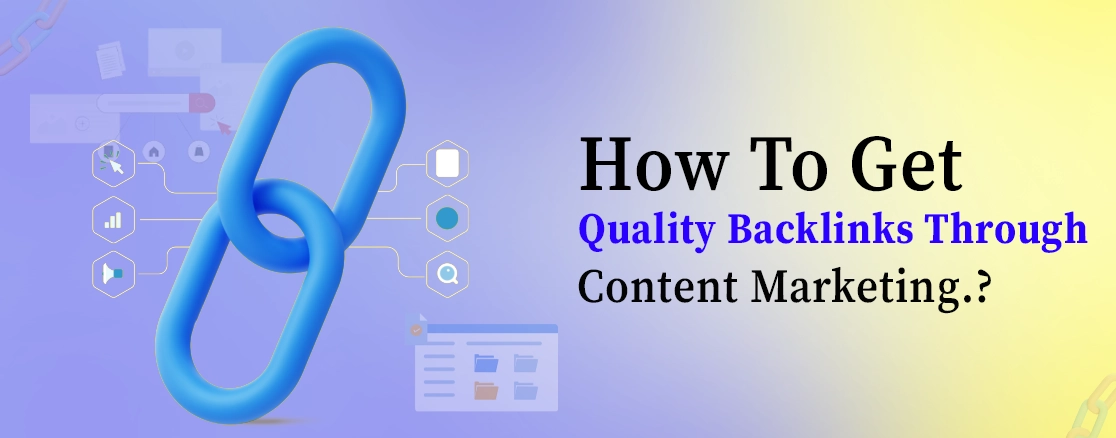Any website that needs to maximize its online presence and increase its search engine platform must have an XML sitemap. An XML sitemap is crucial to make sure that all of your web pages, specifically the crucial ones are found, crawled, and indexed efficiently because it provides search engine crawlers an organized roadmap of your platform's material. To enhance rankings and audience engagement, businesses using SEO services in the USA and those specializing in web design services must understand and apply XML sitemaps.
What is an XML Sitemap?
A file in the Extensible Markup Language (XML) format that has a list of each URL on a website is called an XML sitemap. It works as a roadmap for search engine crawlers, helping them understand the hierarchy and company of your website. Each URL's metadata can also be included in the XML sitemap, including:
- When the latest update was made.
- The frequency of changes.
- How important it is about other pages.
Consider it a search engine's virtual table of contents, making sure that no important page is missed when crawling and indexing.
The Main Purpose of an XML Sitemap
1. Ensuring Comprehensive Crawling and Indexing
Certain pages may occasionally be overlooked by search engine crawlers, particularly if:
- They are buried deep inside the hierarchy of the website.
- There is no intrinsic connection between them.
- The site's construction is intricate.
Every page you wish to have indexed is shown to search engines explicitly via an XML sitemap, eliminating any possibility of error. This is essential for optimizing huge e-commerce sites, blogs, or dynamic content websites for businesses using SEO services in the USA.
2. Improving Search Engine Visibility
By letting search engines know which sites you value, the XML sitemap serves as a direct line of contact. This gives your website a competitive edge in search engine rankings by guaranteeing that even recently produced or modified pages are swiftly found and indexed.
For instance, companies that offer web design services frequently use XML sitemaps to make sure that all important pages—home, services, blogs, and contact—are quickly indexed, which helps recently created websites become more visible more quickly.
3. Supporting Websites with Dynamic Content
New material is regularly created on dynamic websites, such as those driven by content management systems (CMS) like WordPress or Joomla. Making sure that all dynamically generated URLs get crawled is a difficulty for blogs, news websites, and e-commerce systems. By automatically displaying new pages as they are produced, an XML sitemap ensures that search engines are always aware of your most recent material.
4. Facilitating the Crawling of Media and Multimedia Content
More than merely text-based pages are common on modern websites. To improve user engagement, they also host photographs, videos, and other multimedia material. Media-specific tags may be included in XML sitemaps, which makes it simple for search engines to find and index the resources.
For instance, utilizing video-specific tags in the sitemap guarantees that your site's video material will come highly in Google's video search results. This is advantageous for companies that provide web design services or develop visually appealing platforms.
5. Enhancing International and Multilingual SEO
Using hreflang properties for language-specific URLs is essential for companies that aim to reach customers in different geographical areas. By including these hreflang elements into XML sitemaps, you can make managing multilingual websites easier and make sure that search engines display the appropriate language version of your content to consumers in various geographical locations.
The XML sitemap is an important element of international SEO tactics, specifically for companies who utilize SEO services in the USA to target both foreign and local markets.
Read Also: What Is Brand Visibility And How To Increase It?
How XML Sitemaps Benefit SEO and Web Design?
1. Boosts SEO Rankings
Although an XML sitemap guarantees that all of your pages are discoverable and indexable, it has no direct impact on rankings. This raises the likelihood of ranking for additional keywords, which will bring in organic visitors.
2. Aids in Technical SEO
An SEO technique that helps search engines understand the roadmap of your website is an XML sitemap. Because well-developed sitemaps make websites simpler for AI and humans to explore, web design experts add them to the creation procedure.
3. Improves User Experience
Better customer experiences result from the XML sitemap's indirect effect on SEO, even if its 1st purpose is search engine optimization. Pages that are accurately indexed make it simpler for users to find what they're looking for, boosting customer engagement and minimizing bounce rates.
4. Acts as a Backup for Internal Linking
Even though internal linking is an important SEO strategy, some pages could still be challenging to link to. Even orphan sites are indexed thanks to the backup function of an XML sitemap.
Best Practices for Creating and Submitting an XML Sitemap
1. Use Sitemap Generator Tools
Making sitemaps that adhere to search engine standards is simple by using tools like Google XML Sitemap Generator, Yoast SEO, and Screaming Frog.
2. Follow Search Engine Guidelines
Sitemaps must follow certain rules set forth by Google and Bing. Make sure your XML file complies with requirements, including the size restrictions and correct URL layout.
3. Submit the Sitemap to Search Engines
When your sitemap is ready, submit it utilizing search engine features such as Bing Webmaster Tools or Google Search. By doing this, search engines are certain to be aware of it.
4. Keep It Updated
Update your sitemap often to incorporate new pages or modifications to current ones. This step is automated for you by many CMS platforms.
5. Avoid Duplicate URLs
To prevent search engines from getting confused and to leave any duplicate material penalties, make sure the sitemap only has canonical URLs.
Common Mistakes to Avoid
Forgetting to Update the Sitemap
Missed indexing chances and crawling problems might result from an outdated sitemap.
Including Non-Canonical URLs
To prevent repetition, always provide the canonical version of your URLs.
Neglecting Priority and Frequency Tags
Although these tags are optional, making good use of them can provide search engines with more information about the content of your website.
Overloading the Sitemap
There is a 50 MB or 50,000 URL restriction on XML sitemaps. Divide the sitemap into many files for huge websites, then connect them with a sitemap index file.
Conclusion
An essential tool in the fields of web design and SEO is the XML sitemap. It serves as a conduit between search engines and your website, guaranteeing that your material is correctly indexed, discoverable, and accessible. Integrating a well-structured XML sitemap should be a top concern for any organization, whether it is using SEO services in the USA to target local consumers or providing web design services to construct optimized websites.
You may enhance user experience, optimize your site's SEO potential, and maintain your competitive edge in the digital market by comprehending its goal and adhering to best practices.
Read Also: Biggest SEO Trends Of 2025 & How To Leverage Them?

.webp)


.webp)

.webp)



.webp)

.webp)
.webp)


.webp)
.webp)

.webp)
.webp)

.webp)
.webp)




.webp)
.webp)
.webp)

.webp)




.webp)

.webp)


.webp)
.webp)

.webp)






.webp)




.webp)
.webp)


.webp)
.webp)
.webp)





.webp)


























